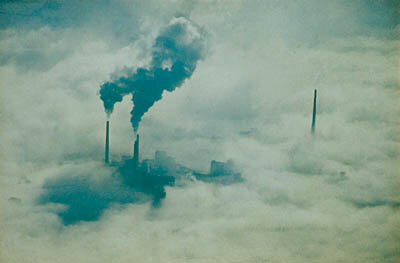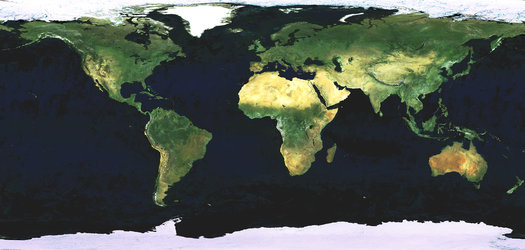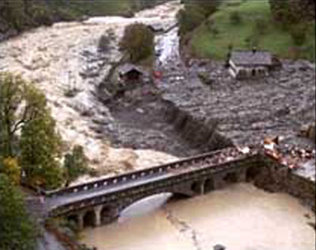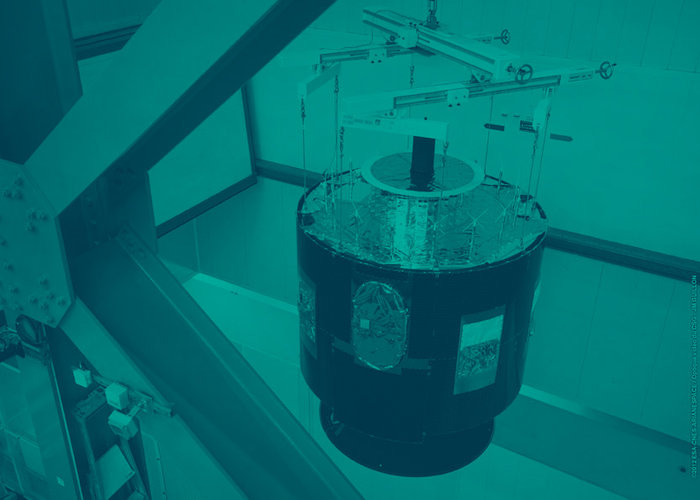Climate change
"In addition to emissions reductions, the Kyoto Protocol obliges its Parties to report on land use and forestry activities. For most Parties the national forest inventories do not currently provide the required information. Earth Observation may provide information to support both an efficient management of forest carbon stocks and Kyoto Protocol reporting."
Claudio Forner, Programme Officer, Science and Technology Programme, United Nations Framework Convention on Climate Change Secretariat.
Our planet's climate is currently undergoing its most rapid period of change in the last 10000 years. The average temperature of the Earth increased by 0.6 degrees during the 20th century, with the 1990s were the warmest decade of that century and 1998 the warmest year ever recorded.
This temperature rise is changing the face of our world. Northern hemisphere snow cover and extent has decreased by 10% since the 1960s and mountain retreats have been retreating. Spring and summer sea ice cover has shrunk back by 10 to 15% in the last half century. Melting ice and expanding warmer water means that global average sea level rose between 10 and 20 cm during the last hundred years.
The reality of climate change is established; what remains to be known is its likely extent and effects. The Intergovernmental Panel on Climate Change predicts global temperature will continue to rise between 1.4 to 5.8 degrees by this present century's end, with extreme weather conditions becoming more common and species extinctions driven by rapid environmental changes.

The scientific consensus holds that global warming is due to the massive increase in greenhouse gases such as carbon dioxide pumped into the atmosphere by fossil fuel burning and land use change. The 31% increase in atmospheric carbon dioxide levels since 1750 is unprecedented in the last 420,000 years.
The 1997 Kyoto Protocol to the United Nations Framework Convention on Climate Change represents an international effort to stabilise future greenhouse gas emissions and so moderate global warming. Kyoto mandates all developed nations to measure and reduce their overall greenhouse gas emissions.
This includes accurately measuring forested regions on their territory. Forests are reservoirs of carbon, so if countries plant new forests they can gain 'carbon credits' to offset against their emissions. Conversely, extra carbon dioxide is released rapidly into the atmosphere if forests are burnt or cut down.
Earth Observation represents a means of fulfilling this obligation in a timely and cost-effective fashion, and information services are being developed specifically for Kyoto Protocol reporting and verification.












